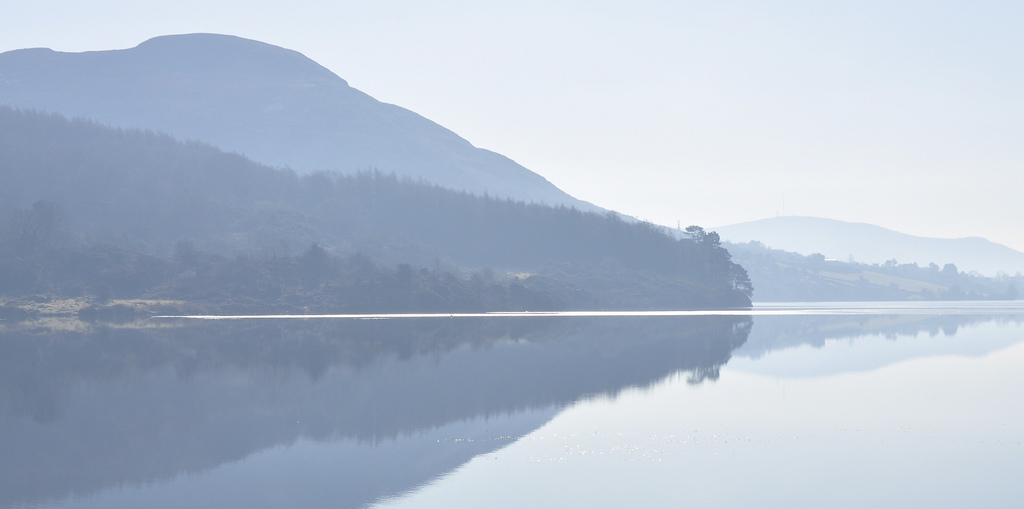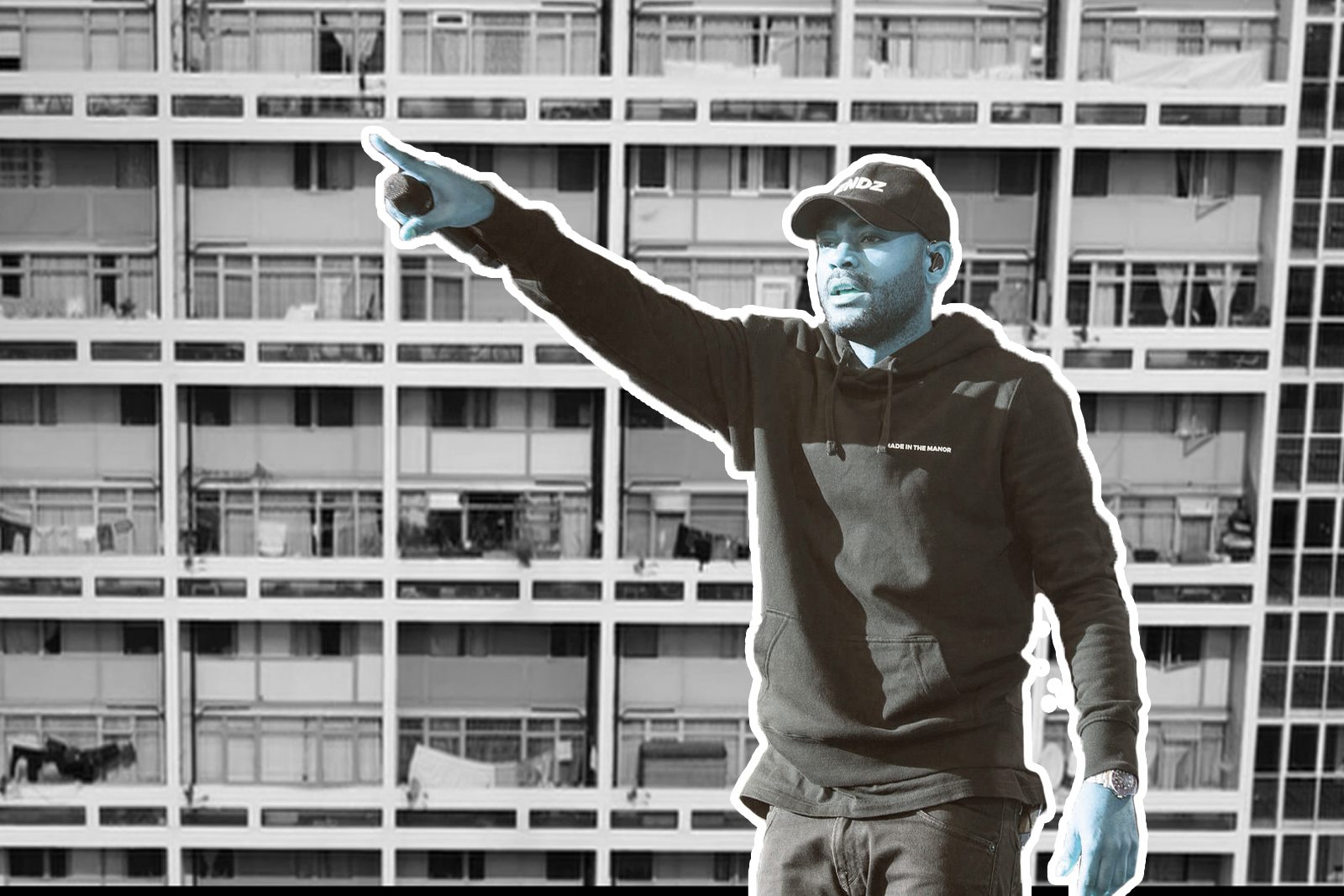
A structure of stones, a structure of stories
In the shadow of Camlough Mountain, there stands a hill. It rises out of the deep-set vale—a crease amid the furrows of rolling fields and verdant meadows sprawled out like a patchwork quilt. Proudly yet gently it brushes the sky and looms over the village below. Atop this hill, which goes by the name of Carrickcruppen, stands a lonely edifice, set apart from the sparse scattering of houses which have sprouted about it. Its old walls are newly baptised in coats of hoary paint. It is a short, squat building of modest design. Flung out behind it like a great cape is an army of gravestones scattered over the heathland. Pass quickly, and you’ll miss it. But spare a moment: looking upon it, one finds oneself strangely moved—for there is a story here, behind this simple structure. A story suffused with an indefatigable strength and a battered but unbeaten faith. This is the Church of St Malachy, Carrickcruppen.
2016 marked the bicentenary of Carrickcruppen Church—it was a time of celebration. There was a palpable sense of the weight of history bearing down upon the community, and many in this small, rural populace played their part. Hundreds of parishioners and people with ties to the church donated what they could to its restoration. Major renovation works were undertaken, and a resplendent icon of the church’s eponymous Saint was commissioned to take pride of place at the fore of the sanctuary. There are many worthy causes to which we give tacit support, words of praise, gestures of goodwill. But there are some rare cases, like this one, which evoke such an outpouring of generosity that one is compelled to wonder at what makes this cause so special. I think, at heart, the answer is that this church is not merely a structure of stones, but of stories. The old are enwrapped in its nostalgia, the young are enthralled by its mystique.
Speaking to Father Robert McKenna, Priest of the Church, he explained to me what St Malachy’s meant to the people of Camlough. “It means a very strong bond to Jesus,” he told me. “It is the focus of the celebration of their faith, at the high points, and the low points.” This island has seen plenty of those: Christianity is the flawed protagonist in this national tragicomedy. There has been a site of Christian worship in or around Carrickcruppen since St. Monnina (a contemporary of St. Patrick himself) established a convent here in the fifth century. The ruins of the tenth century Old Killevy Church still stand nearby in an encircling glade that was once the location of the convent. Here and there are scattered sacred sites which nail the holy history of the Catholic Church to the land in which it has dwelt for one and a half millennia, though not always comfortably.
This quiet parish is in Armagh, a county which, like the rest of Northern Ireland, still bears the scars of a divided nation and a divided Christianity. Not far from the quiet parish of Camlough lies the village of Whitecross. It was here in 1976 that three civilians, the Reavey brothers, were shot for being Catholic. On the same night, fifteen miles up the road, in Ballydougan, three members of the Catholic O’Dowd family were gunned down as they played the piano with their children in the sitting room. The Ulster Volunteer Force claimed responsibility for the murders but the tragedy did not end there. The next day, a minibus carrying a group of men home from work was stopped by a paramilitary squadron at Kingsmill. They ordered the workers out of the bus, and demanded to know which of them was Catholic. Fearing that their colleague would be the victim of a Loyalist attack, the Protestant workmen tried to prevent Richard Hughes from identifying himself. Nonetheless, he stood forward. Instead of being shot, he was ordered to leave the scene. He heard the gunshots as the Republican paramilitaries opened fire, killing ten of his Protestant workmates, and leaving another critically injured. So great was the heartbreak of so small a plot of land. During the bitter conflicts of the 70s, 80s, and 90s, the small area of South Armagh was the most militarised region in Western Europe. Events such as these are stark reminders of the rifts which religion can engender amongst countrymen—amongst neighbours. Most did not want this conflict. Most took no active part its promulgation. But all were caught up in it.
Today, the vicious polarity which once segregated Catholic from Protestant has been reduced to an archaic fossil in the Republic. The peace process in Northern Ireland has set this province on the road to reconciliation, but as recent events have demonstrated, it will be a bumpy one. The resignation of Martin McGuinness and the refusal of Sinn Féin to nominate a successor to the post of Deputy First Minister has precipitated an election, which will take place in March. It’s a challenge to the new political system, but a healthy one, that will allow the people of Northern Ireland to take real control of their future. I remain cautiously optimistic. Most people have moved on, and for the better. In Ireland, the past is dear, but the future is priceless. Small acts of unity begin to breach the divide between Catholic and Protestant. Be it in Bessbrook (about five miles from Camlough) where the corporate carol service is held between the churches of the parish each Christmas, or in Newry (the nearest town) where the Inter-Church Forum meets to pray together and encourage cross-community relations.
The troubles and their commemorations continue to cause division to this day. But if most Irish Christians cannot always look to their predecessors in politics to emulate, they can look to their forefathers in the faith. Still enduring in the minds of the people in Camlough is the image of their Catholic forbearers gathered before the Mass Rock. It was by these stones that during the eighteenth century, when the practice of Catholicism was outlawed, the faithful continued to gather and, in secret, celebrate the Mass. Hundreds of them litter the Irish landscape; a symptom of the worst excesses of the Penal Laws. They stand today not just as remnants of an age of intolerance (toward Catholics and Protestant dissenters), but as evidence of the faithful determination of a people. Religion runs deep in the earth in Ireland—it always has.
But looking around the church on the Saturday night vigil, save for rare occasions, I find the pews are the undisputed preserve of the grey-haired brigade. In ten or twenty years’ time, one wonders whether they will be the preserve of anyone at all. Christianity has shaped this island’s history, but secularism and atheism are on the rise. A certain distaste for the Catholic-Protestant dichotomy, and a rejection of the tradition of both denominations among Ireland’s youth, is discernible to any perceptive visitor to modern Ireland. According to a Gallup poll, from 2005 to 2012, Ireland saw a decline in religiosity from sixty-nine per cent to forty-seven per cent, the second highest drop internationally. Because of the scandals which have in recent years rocked the Catholic Church in particular, it is an unsurprising tumble, albeit a dramatic one.
And yet, though they detest the disunion which their beliefs engendered in the past, though they condemn in the strongest terms the scandals which have stained their history, they still come. The fate of the rural parish church, whether it be Catholic or Protestant in denomination, is not consigned to despair. It is noticeable that at Christmas and Easter, as well as for baptisms, weddings, and funerals, the churches are filled with respectful congregations. Moments such as these confirm the centrality of the church as a presence in the local community. They remind us of the great sacrifices made during the Penal Era by men and women for the right to practise their faith, the risks they took for it, and the deaths they endured for it. The parish church, the building at the heart of the community, symbolises for the religious and the irreligious (for they too are drawn to it) alike, something near and dear: faith, in the truest sense of that word. Father McKenna concludes that although in this secular age “there is a drift from faith, there is not a loss of it”. The mantle of responsibility for the continuing legacy of faith rests now upon this generation’s shoulders. The Church of St Malachy is but one example of continuity in Christian tradition that is echoed in parish churches of all persuasions throughout Ireland. It stands as the physical concord between the living and the dead of its parish; the signatories either worshipping within the walls of the church, or sleeping peacefully in the ground just beyond them. They are the inheritors of a cherished two-thousand-year-old family heirloom: Christianity.
So when you next pass by a country church, whether in Ireland, or England, or Scotland, or Wales, be generous with your thoughts. And remember that behind each stone lies a story, and for that story were stones set down.
Photo credit: flickr







